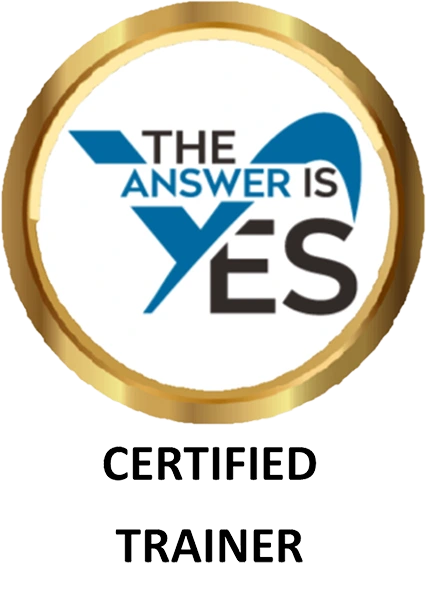“Begin with the end in mind.”Stephen R. Covey
Learning objectives should explain in specific, observable and measurable terms what the learners will do to (a) learn specific skills and (b) demonstrate that they have learned them. This entails using active verbs that are sufficiently clear that they do not require additional verbs to explain what they mean. If the verbs are vague, the trainer will have no way to verify if the desired learning has occurred.
Unfortunately, it is very common to see lesson plans with learning objectives that use verbs that are vague and unclear, stating that the learners will: “know” or “understand” certain knowledge or skills. Without a second more active verb to clarify what the desired learning behavior is, it is not possible to measure or validate what has been learned.
A trainer cannot tell by looking at a learner who is passively sitting if that learner actually “knows” or “understands” anything. The only way to determine if a learner “knows” or “understands” content is to have that learner do something with that content: for example,” explain” what it means or “demonstrate” how to use it.
The verbs “explain” and “demonstrate” describe specific actions that the learner will take. Because they are actions, they can be observed. Because they are specific actions, they are also measurable.
When a learner “explains” what a word means or a procedure involves, the trainer can listen to that explanation. The trainer can also measure whether the learner’s description is accurate.
When a learner “demonstrates” a skill, the trainer can observe the demonstration and measure how well the learner performs the skill.
A learning objective needs to be specific, observable and measurable. A verb is too vague to be used in a learning objective if it requires another verb to explain what it really means. In addition to “know” and “understand,” there are a number of other verbs that fall into this category and should be avoided, such as:
1. process
2. care
3. learn
4. worry
5. sense
6. believe
7. be aware
8. empathize
9. think
10. remember
11. feel
12. perceive
13. assume
14. try
15. see
16. focus
17. consider
18. be familiar with
19. appreciate
20. explore
Ensure that learning objectives are specific, observable and measurable. Use active verbs that are sufficiently clear that they do not require additional verbs to explain what they mean.





